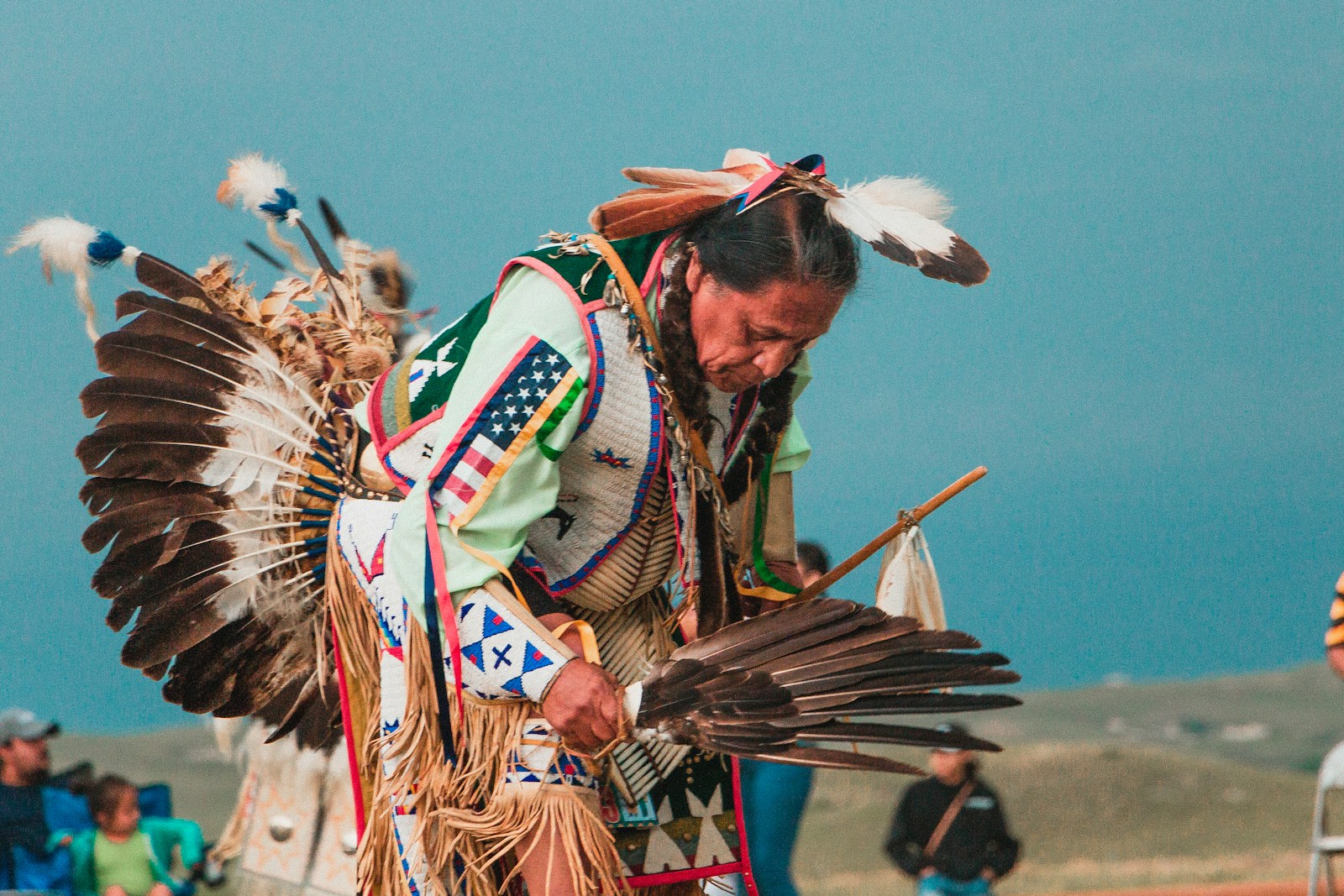Indigenous peoples have stewarded North American landscapes for millennia before the establishment of the National Park Service. Today, a growing recognition of this legacy has led to collaborative conservation efforts between park managers and Native American tribes. These partnerships not only enhance ecological preservation but also honor the cultural connections tribes maintain with ancestral lands.
From co-management initiatives to traditional knowledge integration, these relationships represent a significant shift toward more inclusive and effective conservation approaches that benefit both the land and the diverse communities connected to it.
The Historical Context of Native Lands and National Parks
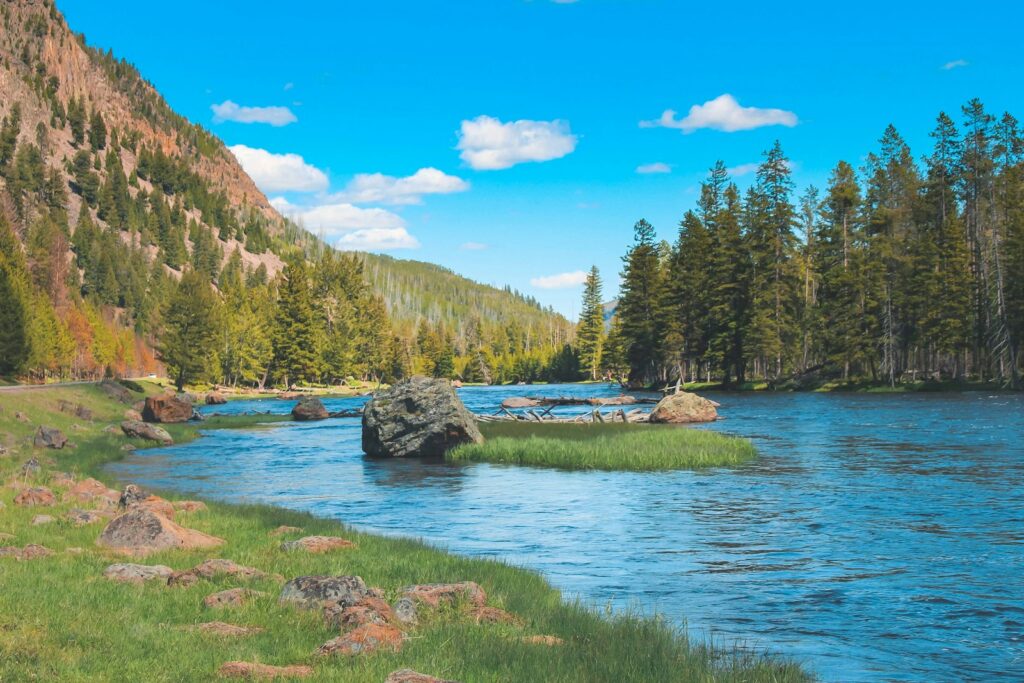
The creation of America’s national parks often came at the expense of indigenous peoples who were displaced from their ancestral territories. When Yellowstone became the world’s first national park in 1872, the federal government forcibly removed several tribes who had lived on and managed those lands for generations. This pattern repeated across the country as the national park system expanded throughout the late 19th and early 20th centuries.
The official narrative often portrayed these areas as “untouched wilderness,” erasing thousands of years of indigenous stewardship and presence. This historical injustice created deep wounds that continue to affect tribal-federal relationships today, even as both parties work toward healing and collaboration. Understanding this difficult history provides essential context for appreciating the significance of modern collaborative efforts.
Legal Frameworks for Tribal-Park Collaboration
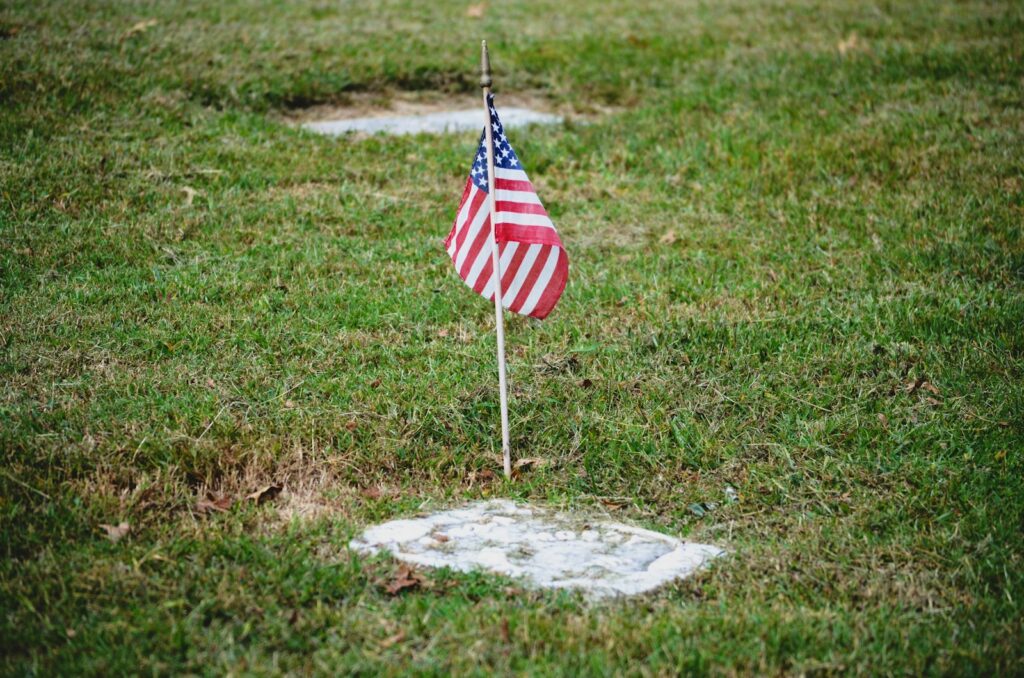
Several key pieces of legislation have shaped how national parks and tribes can work together. The Native American Graves Protection and Repatriation Act (NAGPRA) of 1990 provided tribes with legal means to reclaim ancestral remains and cultural items from federal agencies, including those found in national parks. The National Historic Preservation Act recognizes tribal historic preservation offices and requires consultation on managing culturally significant sites.
The American Indian Religious Freedom Act protects tribal access to sacred sites for ceremonial purposes, many of which are located within park boundaries. Additionally, individual park-specific legislation sometimes contains provisions for tribal co-management or consultation requirements. These legal frameworks, while imperfect, provide the foundation upon which collaboration can be built and formalized between sovereign tribal nations and the federal government.
Co-Management Models in Practice
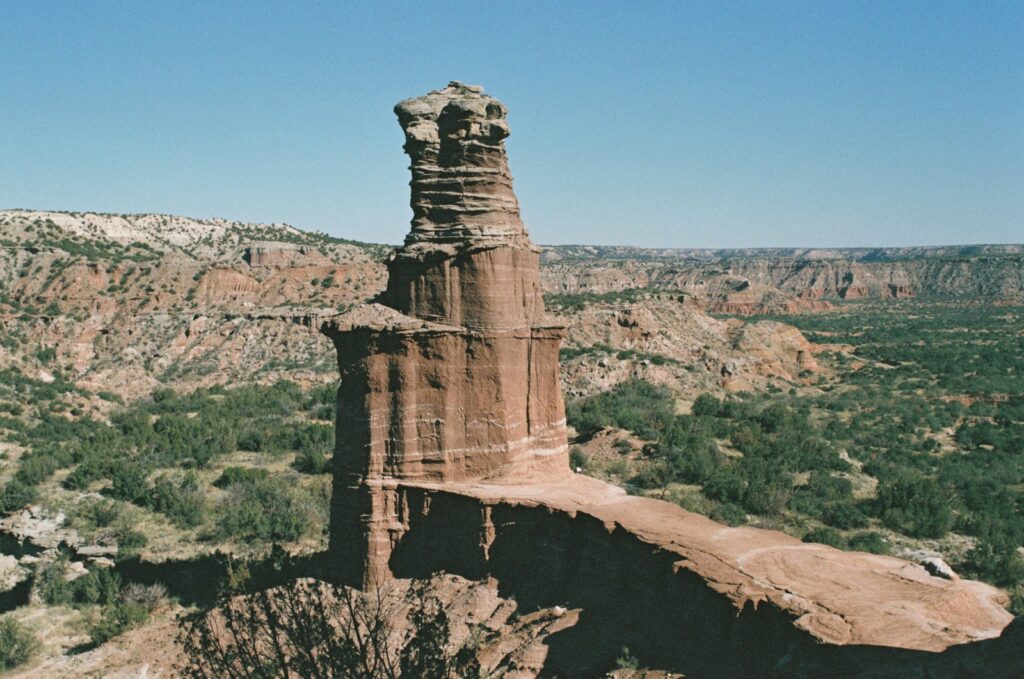
Co-management represents one of the most significant advances in tribal-park relations, giving indigenous communities meaningful authority in decision-making. Canyon de Chelly National Monument in Arizona exemplifies this approach, where the National Park Service manages the monument while the land remains Navajo Nation territory, creating a unique partnership that honors both conservation goals and tribal sovereignty. In Grand Portage National Monument in Minnesota, the Grand Portage Band of Lake Superior Chippewa owns the land and co-manages it with the NPS through a formal agreement that includes tribal representation in staffing and administration.
Perhaps most notably, Bears Ears National Monument in Utah features an innovative commission structure that includes representatives from five tribes alongside federal managers, creating a collaborative decision-making body. These examples demonstrate how co-management can take different forms based on local contexts, tribal needs, and conservation objectives.
Traditional Ecological Knowledge Integration
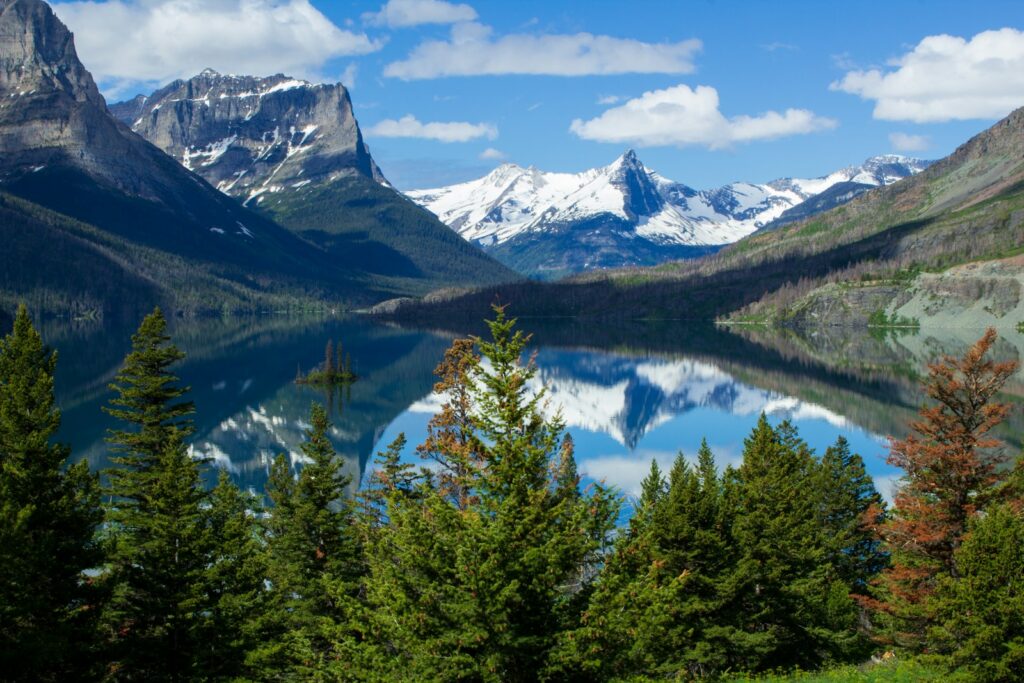
Indigenous communities possess sophisticated understanding of local ecosystems developed over countless generations of observation and interaction. National parks increasingly recognize the value of this Traditional Ecological Knowledge (TEK) in addressing contemporary conservation challenges. In Glacier National Park, the Blackfeet Tribe contributes knowledge about fire ecology that informs prescribed burning practices, helping restore meadow habitats for culturally significant plants.
At Redwood National Park, Yurok tribal members advise on salmon habitat restoration based on traditional fishing practices and river knowledge. Grand Canyon National Park works with multiple tribes to incorporate traditional understanding of desert plant phenology to track climate change impacts. By braiding together TEK with Western scientific approaches, parks can develop more comprehensive and culturally appropriate conservation strategies that benefit from multiple knowledge systems.
Cultural Resource Protection Partnerships
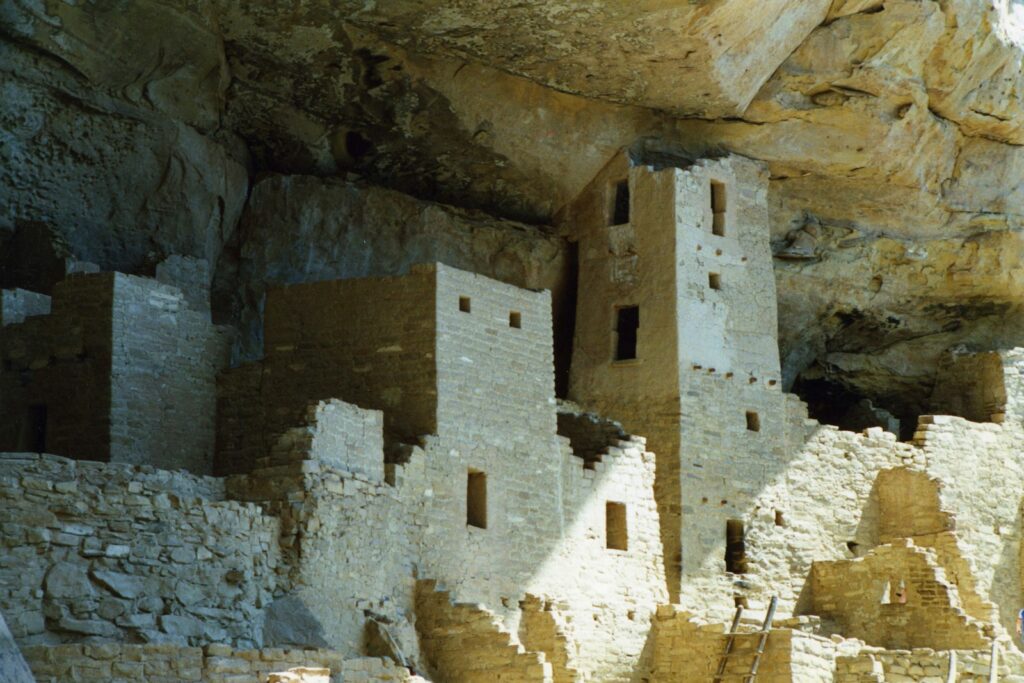
Archaeological sites, historical structures, and sacred places within national parks often hold deep significance for affiliated tribes. Collaborative cultural resource management has become an important focus for park-tribal relationships. At Mesa Verde National Park, ancestral Puebloan cliff dwellings are monitored and preserved with guidance from 26 associated tribes who help determine appropriate visitor access and interpretation.
Tribal historic preservation officers work alongside NPS archaeologists at Chaco Culture National Historical Park to document petroglyphs and protect them from vandalism and environmental threats. In Olympic National Park, tribal members advise on the protection of culturally modified trees that serve as living artifacts of indigenous forest use. These partnerships ensure that cultural resources are managed with appropriate cultural sensitivity and respect for their ongoing significance to living communities.
Subsistence Rights and Resource Access
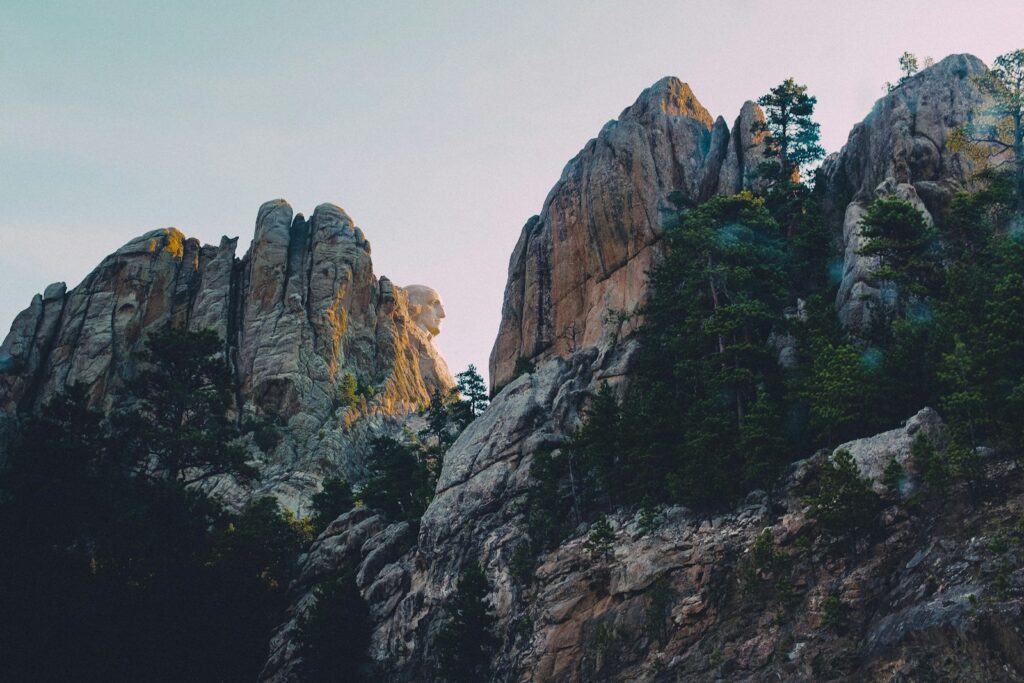
For many tribes, continued access to traditional foods and materials within park boundaries remains essential to cultural continuity and sovereignty. In Alaska’s national parks, the 1980 Alaska National Interest Lands Conservation Act specifically protects subsistence hunting and fishing rights for rural residents, including Alaska Natives. Tribal members can harvest plants for medicinal, ceremonial, and food purposes in Great Smoky Mountains National Park through special use permits developed collaboratively with Cherokee representatives.
At Pipestone National Monument in Minnesota, qualified Native Americans retain exclusive rights to quarry the sacred red stone used for ceremonial pipes. These arrangements recognize that true conservation includes sustaining human cultural relationships with the land rather than creating artificial separations between people and nature. By accommodating traditional harvesting practices, parks acknowledge that indigenous use has been integral to these ecosystems for millennia.
Consultation Processes and Relationship Building
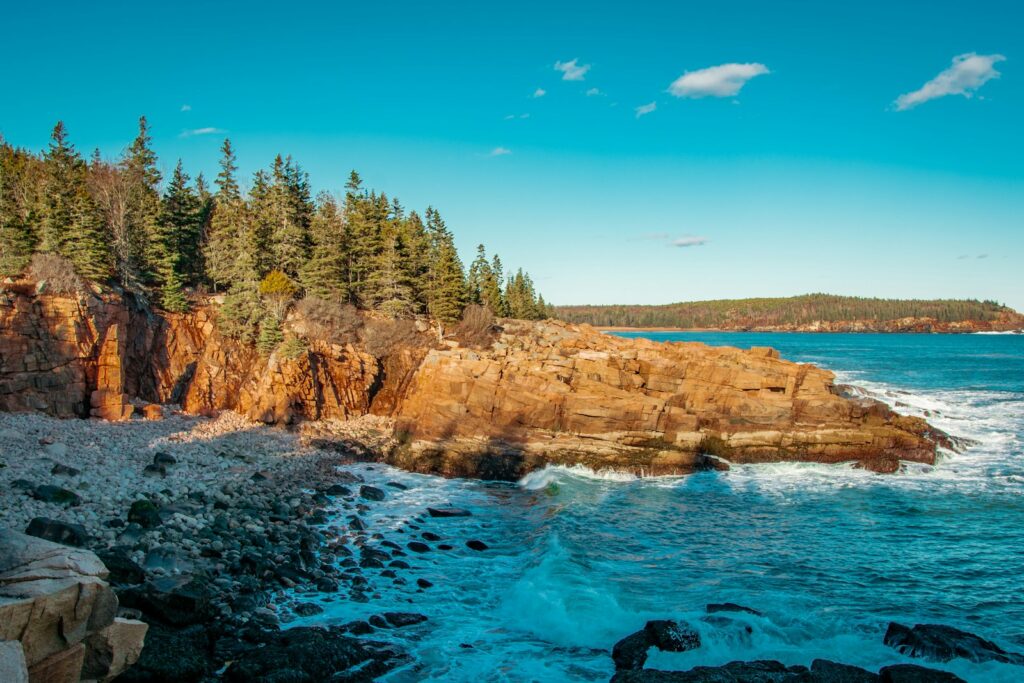
Effective collaboration begins with meaningful consultation that goes beyond mere notification of decisions already made. The most successful park-tribal relationships involve early, frequent, and sincere communication that respects tribal sovereignty. Acadia National Park holds annual meetings with the Wabanaki Confederacy tribes of Maine to discuss management concerns and opportunities for collaboration, creating consistent forums for dialogue.
Death Valley National Park maintains ongoing relationships with the Timbisha Shoshone Tribe through formal memoranda of understanding that clarify consultation procedures. Many parks now employ tribal liaisons who facilitate communication, develop cultural awareness among park staff, and ensure tribal concerns are represented in planning processes. These relationship-building efforts require significant investments of time and resources, but they create the foundation of trust necessary for successful conservation partnerships.
Education and Interpretation Collaborations

Telling more complete and accurate stories about indigenous connections to park lands has become a priority for many collaborative efforts. Tribal members often contribute directly to visitor education through various programs and initiatives. At Grand Canyon National Park, Hopi, Navajo, and other affiliated tribes helped design interpretive exhibits that present indigenous perspectives on the canyon’s formation and significance. Mount Rainier National Park collaborates with several tribes on a yearly “Mountain to Sound” educational program that shares traditional knowledge about the mountain ecosystem with local students.
The Nez Perce National Historical Park, spanning four states, works directly with the Nez Perce Tribe to interpret the complex history of the tribe and their homelands. These educational partnerships not only enrich visitor understanding but also help correct historical misrepresentations and demonstrate the living nature of indigenous cultures.
Wildlife Conservation Initiatives
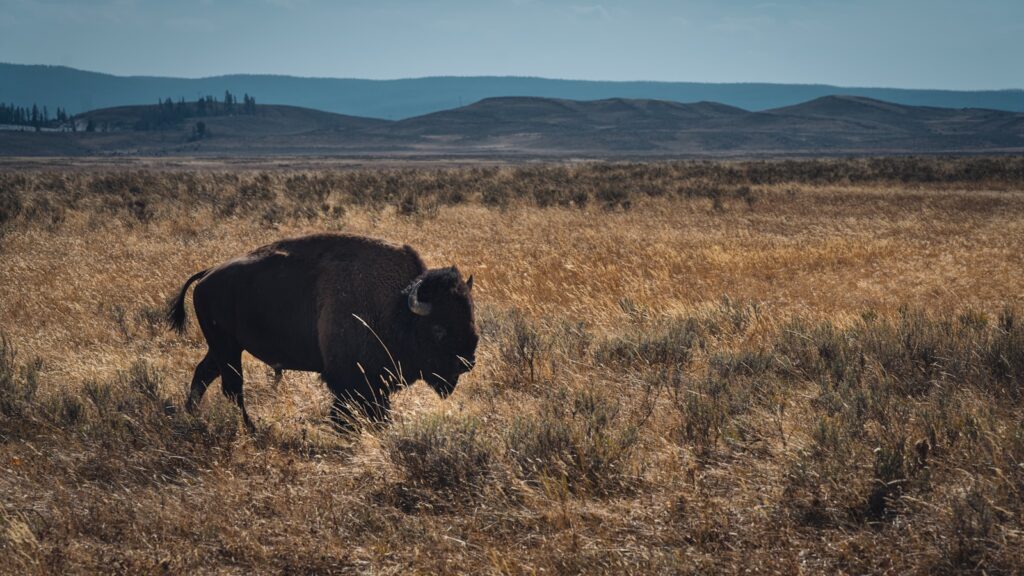
Collaborative wildlife management has produced some of the most successful conservation outcomes in the national park system. The Nez Perce Tribe plays a central role in gray wolf recovery efforts in Yellowstone National Park and surrounding areas, contributing scientific expertise and traditional knowledge about wolf ecology. Bison conservation in Badlands National Park involves close cooperation with the Oglala Sioux Tribe, including transferring animals to expand tribal bison herds on nearby reservation lands.
The Huna Tlingit work with Glacier Bay National Park on gull egg harvesting studies that both accommodate traditional practices and monitor seabird population health. These projects demonstrate how indigenous cultural values often align with conservation goals, creating opportunities for collaboration that achieves multiple objectives simultaneously. By incorporating tribal perspectives and knowledge, wildlife management programs can become more holistic and culturally appropriate.
Challenges in Cross-Cultural Collaboration
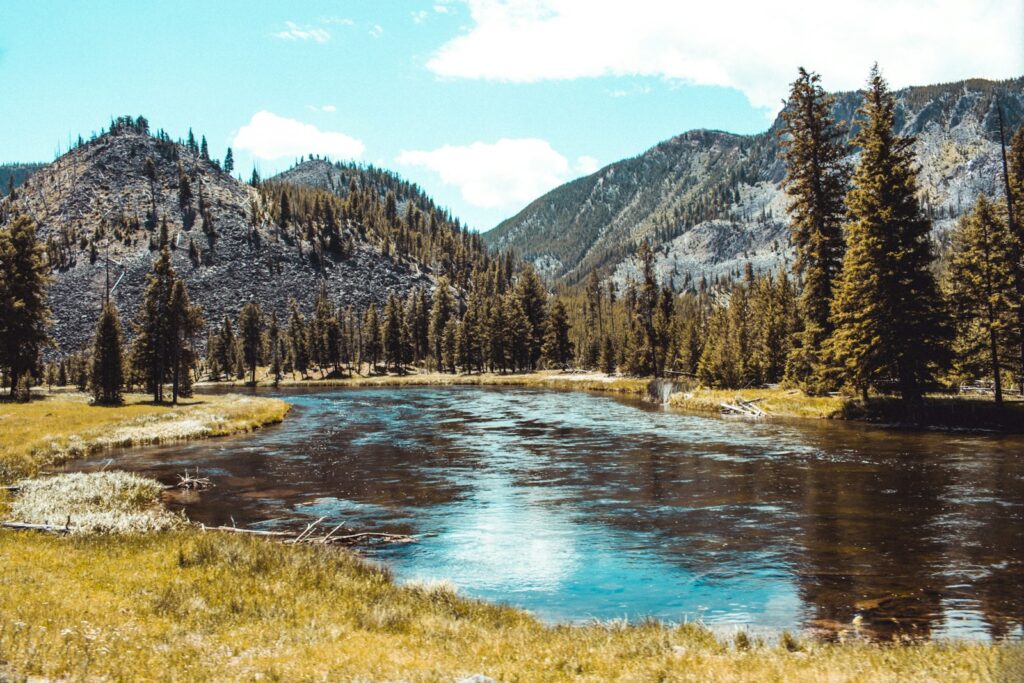
Despite progress, significant obstacles remain in building effective partnerships between national parks and tribes. Historical distrust stemming from past displacement and broken agreements creates barriers that require time and consistent good-faith efforts to overcome. Bureaucratic procedures within the National Park Service sometimes conflict with tribal governance structures and decision-making processes, creating frustration and delays.
Limited funding for collaborative programs often constrains what can be accomplished, with both parks and tribes facing resource limitations. Cultural misunderstandings can still occur when park staff lack adequate training in tribal protocols or when the significance of certain practices isn’t fully appreciated. These challenges require patience, commitment, and willingness to adapt from all parties involved, highlighting that meaningful collaboration is an ongoing process rather than a one-time achievement.
Economic Opportunities and Community Benefits
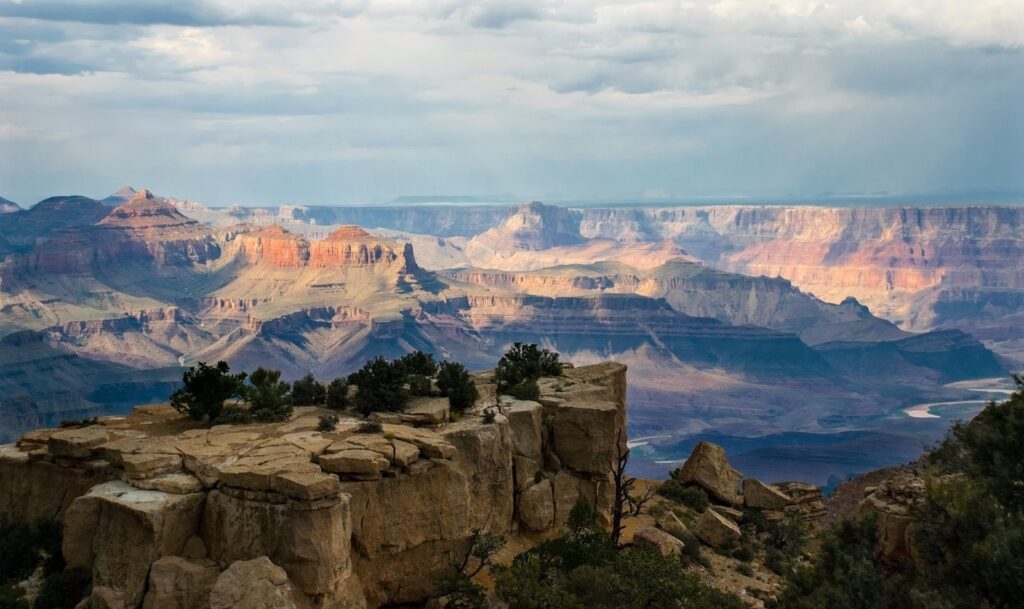
Conservation partnerships can create valuable economic opportunities for tribal communities connected to national parks. Tribal tourism enterprises often develop alongside park visitation, providing cultural experiences that complement natural attractions. The Desert View Inter-tribal Cultural Heritage Site at Grand Canyon National Park features cultural demonstrations and sales of authentic Native American arts, creating income for tribal artists.
Employment preferences and training programs help tribal members secure positions within the National Park Service, bringing indigenous perspectives into the workforce. Special concession agreements sometimes provide tribes with opportunities to operate businesses within parks, as seen with the Oglala Sioux Parks and Recreation Authority’s management of visitor services in the South Unit of Badlands National Park. These economic components of collaboration help ensure that conservation benefits extend beyond ecological outcomes to support the well-being of indigenous communities.
Climate Change Adaptation Partnerships

As climate change increasingly threatens both natural and cultural resources, tribes and national parks are finding common ground in adaptation planning. Indigenous communities often possess intergenerational knowledge about past environmental changes that provides valuable historical context for current climate shifts. In Glacier National Park, the Blackfeet Tribe contributes to climate vulnerability assessments that incorporate traditional knowledge about changing weather patterns and plant communities.
Coastal tribes work with Olympic National Park on sea level rise planning that protects both ecological systems and cultural sites from increased erosion and flooding. The Climate Change Response Program within the NPS now explicitly recognizes the value of indigenous knowledge in understanding and responding to environmental changes. These climate partnerships represent some of the most forward-thinking collaborative work, addressing shared challenges that transcend jurisdictional boundaries.
The Future of Indigenous Conservation Partnerships
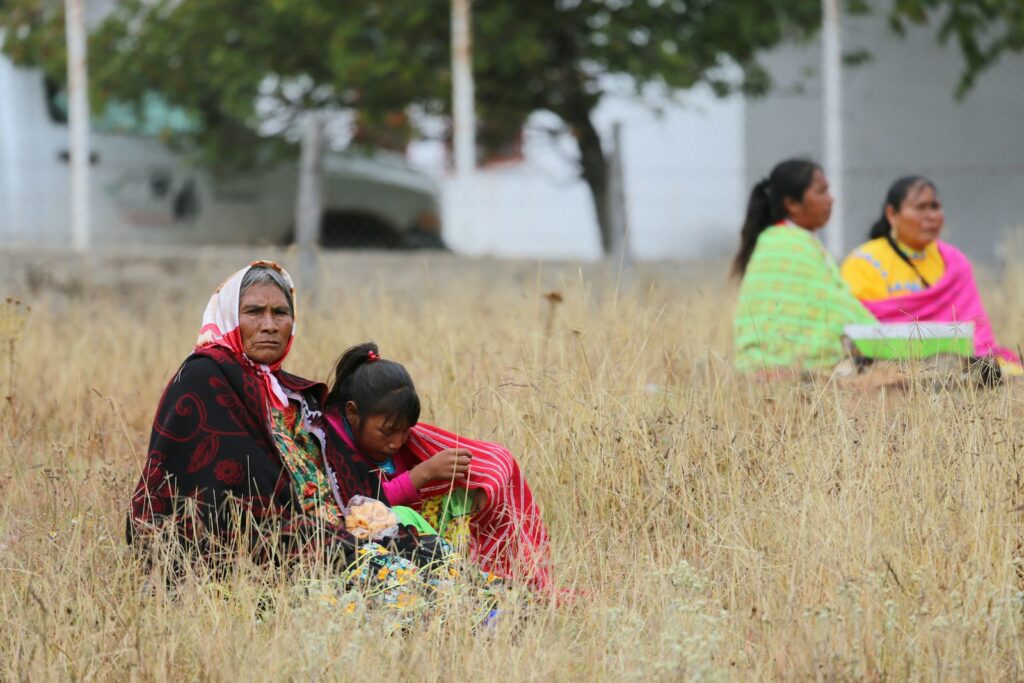
Looking ahead, the trajectory of tribal-park relationships points toward deeper and more equitable collaboration. Recent federal initiatives, including the Biden administration’s commitment to respecting tribal sovereignty and traditional knowledge, suggest continued policy support for indigenous conservation partnerships. New models of land return are being explored, such as the recent restoration of 500 acres within Yosemite National Park to the stewardship of the Southern Sierra Miwuk Nation.
Younger generations of both tribal members and park professionals show increasing interest in cross-cultural approaches to conservation that honor multiple ways of knowing. International examples, such as Australia’s successful joint management of national parks with Aboriginal communities, provide inspiration for continued evolution of these relationships in the United States. As these partnerships mature, they hold the potential to transform conservation practice by fully embracing indigenous leadership and perspectives.
Conclusion: Protecting Nature for Generations to Come
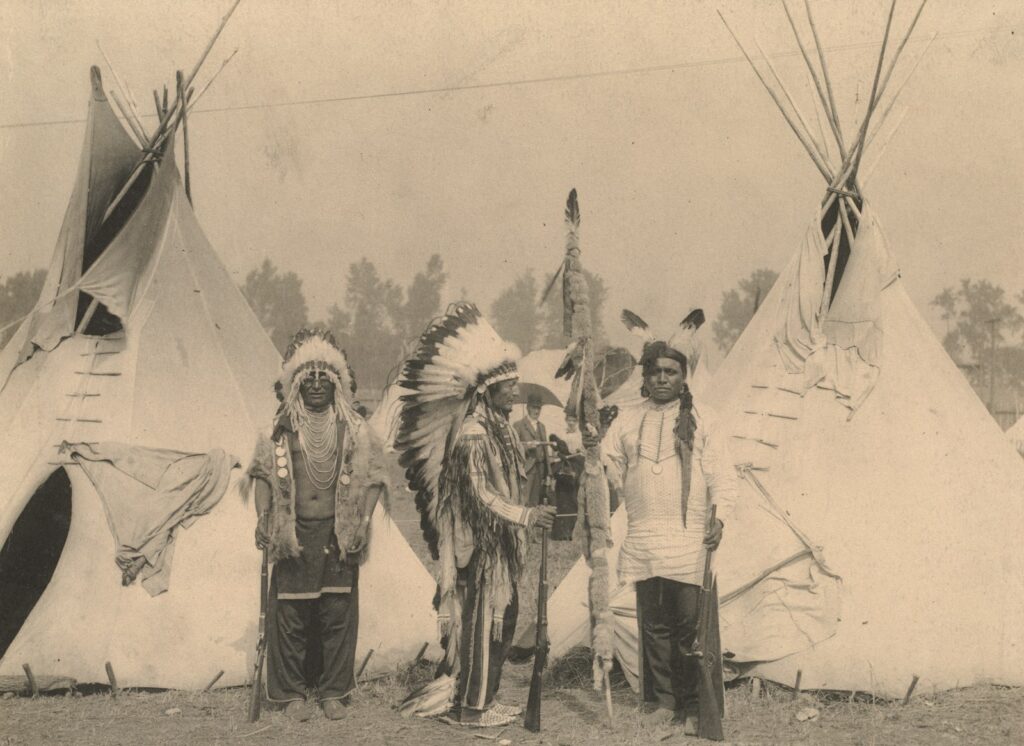
The collaboration between national parks and Native American tribes represents a profound shift in American conservation philosophy—from an approach that once excluded indigenous peoples to one that increasingly recognizes their essential role as original stewards of the land. These partnerships honor tribal sovereignty, incorporate traditional ecological knowledge, and create more effective conservation outcomes that benefit both natural resources and human communities.
While historical injustices cannot be erased, the growing commitment to meaningful collaboration offers a path forward that acknowledges past wrongs while building more inclusive approaches to protecting America’s most treasured landscapes. As these relationships continue to evolve, they demonstrate that the most effective conservation emerges when diverse perspectives, knowledge systems, and cultural values are welcomed into the important work of caring for our shared natural heritage.

